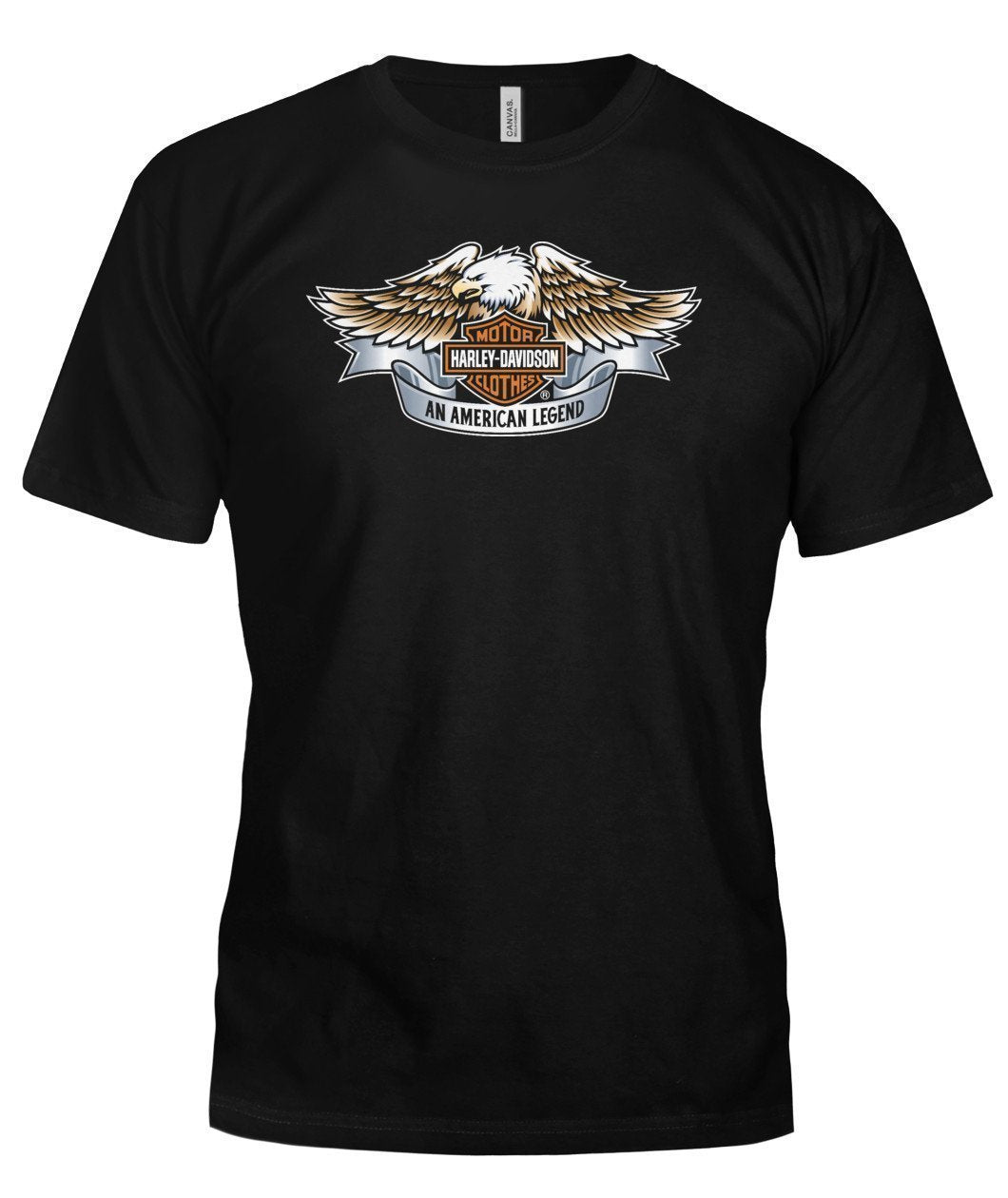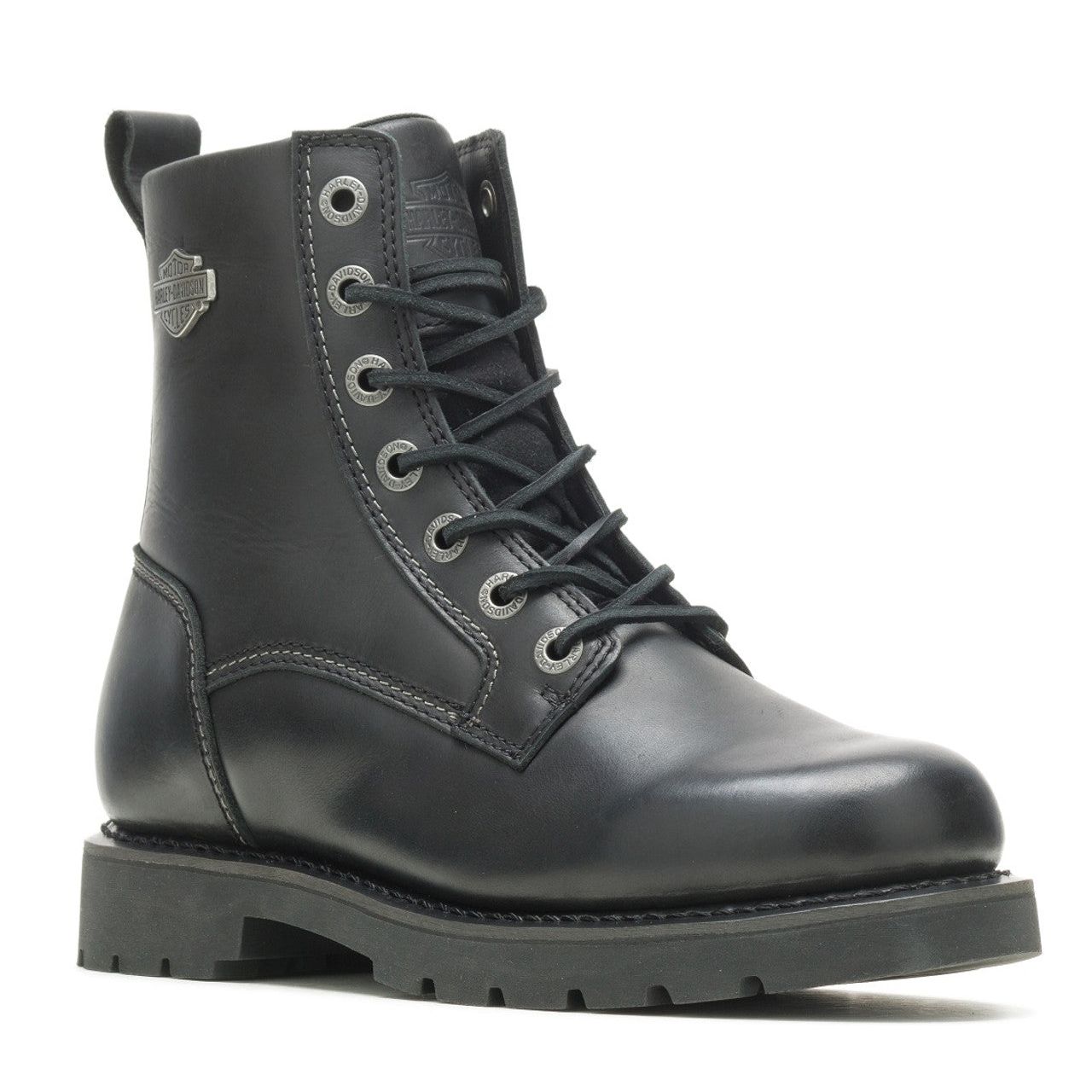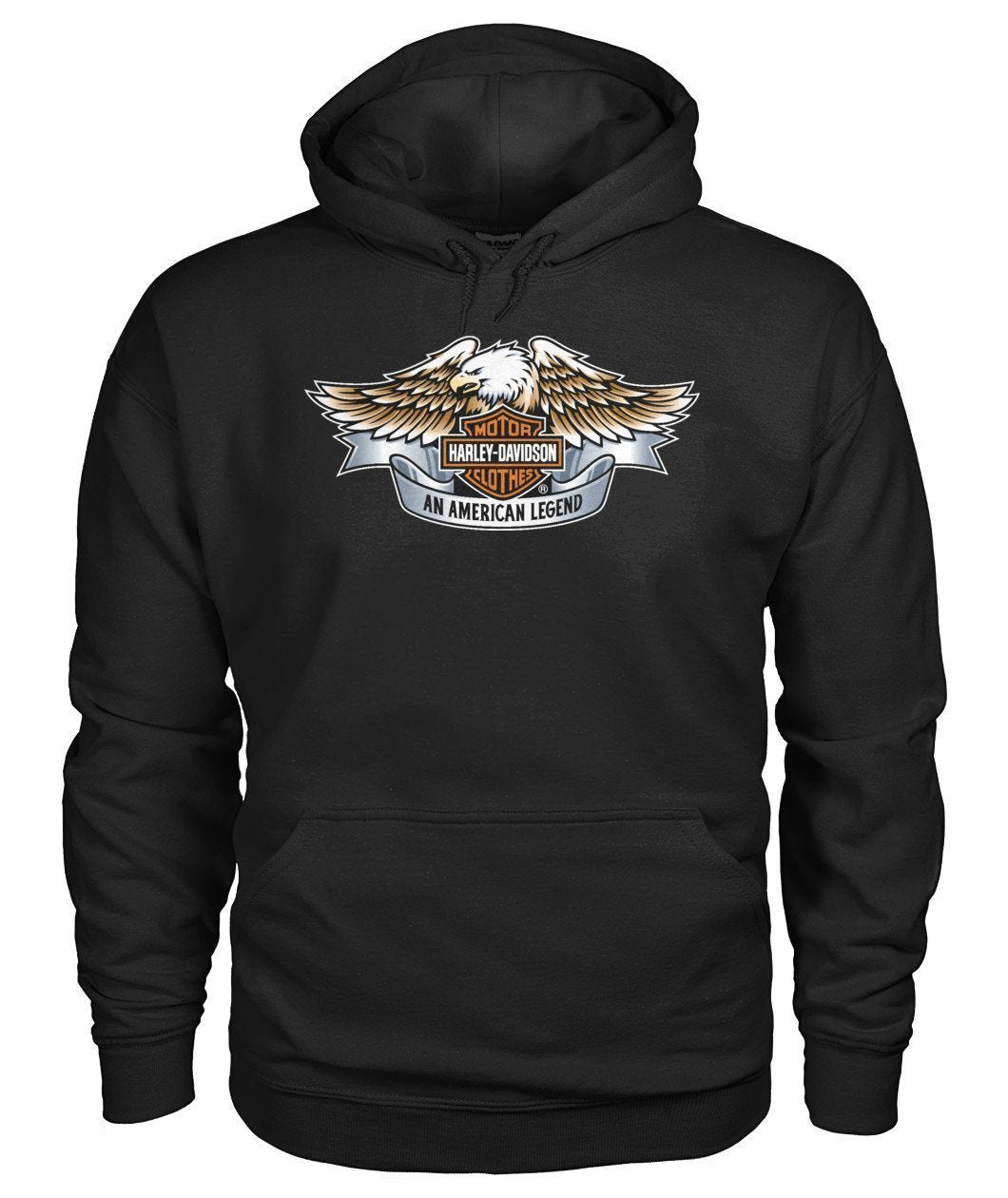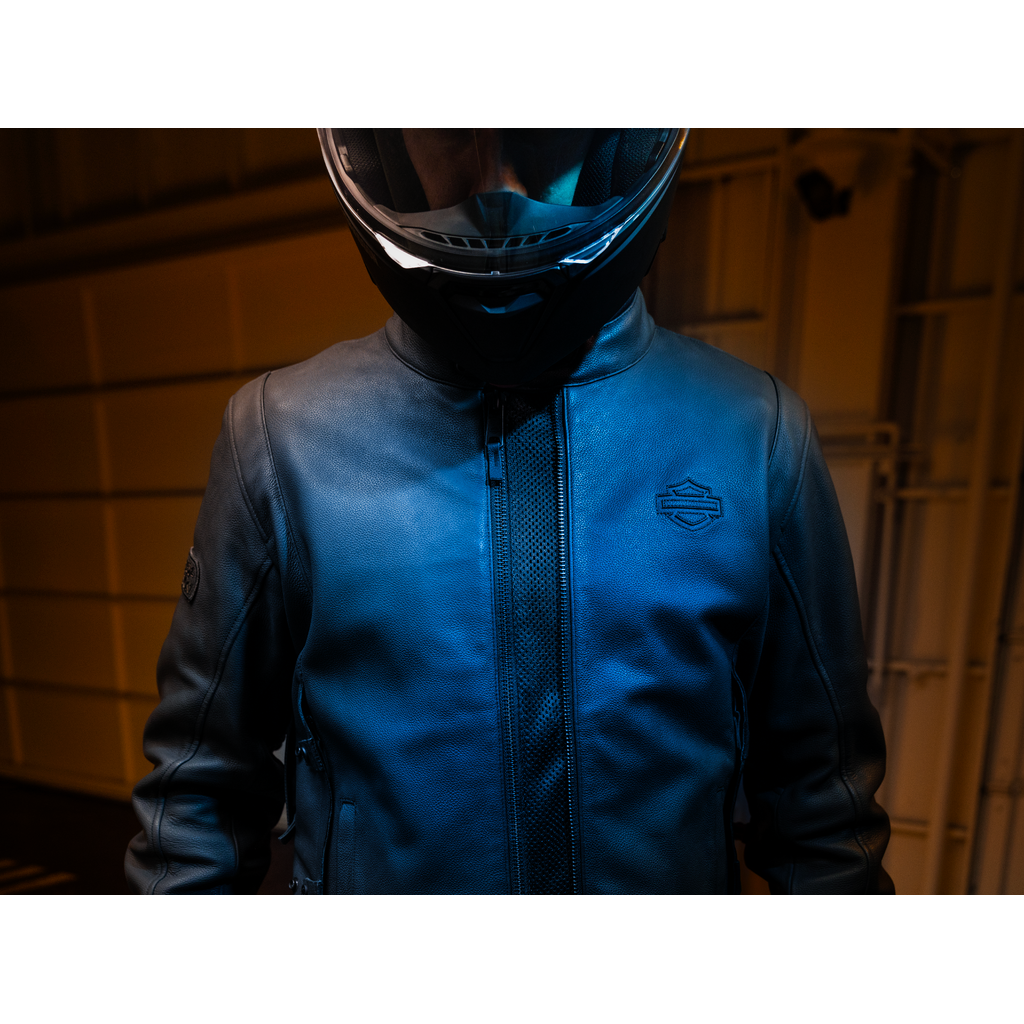Motorcycle Body Armor: Enhancing Safety for Riders
Key Points:
- Motorcycle body armor reduces the severity of injuries in accidents.
- Types include chest, back, shoulder, elbow, hip, knee, and neck protectors.
- Materials used are hard plastics, soft foams, and composite materials.
- Benefits include protection from impact, abrasions, and improved comfort.
- Considerations include cost, weight, fit, and overheating potential.
- Choose certified body armor and maintain it properly.
- Prioritize safety by wearing protective gear.
Does Motorcycle Body Armor Work? A Comprehensive Guide to Motorcycle Protective Gear
Introduction
Motorcycling is an exciting and exhilarating experience, but it also comes with inherent risks. Riders are more vulnerable to injuries due to the lack of protection provided by a vehicle body. To mitigate these risks, wearing appropriate safety gear is of paramount importance. Among the various protective gear, motorcycle body armor plays a crucial role in reducing the severity of injuries in the event of an accident. This article delves into the types, materials, benefits, limitations, testing standards, and recommendations for choosing and using motorcycle body armor, aiming to equip riders with the knowledge to make informed decisions about their safety.
Importance of Safety Gear for Motorcyclists
According to the National Highway Traffic Safety Administration (NHTSA), motorcyclists are 29 times more likely to die in a crash than occupants of passenger vehicles. This alarming statistic emphasizes the need for motorcyclists to wear protective gear to mitigate the consequences of accidents, which can range from minor scrapes to life-threatening injuries.
Role of Body Armor in Reducing Injuries
Motorcycle body armor acts as a protective barrier between the rider and the road surface or other objects during a crash. It can significantly reduce the impact forces transmitted to the body, thereby minimizing the risk of severe injuries. "Body armor can reduce the impact of a collision by absorbing and distributing the force of the impact over a larger area, reducing the risk of serious injury or death," explains John Smith, a motorcycle safety expert at the American Motorcyclist Association (AMA).
Overview of the Article
This article provides a comprehensive guide to motorcycle body armor, covering the different types, materials, benefits, limitations, testing standards, and recommendations for choosing and using it effectively. It aims to help riders make informed decisions about their safety gear and encourage them to prioritize their well-being while enjoying the thrill of riding.
Types of Motorcycle Body Armor
Motorcycle body armor comes in various forms, each designed to protect specific parts of the body. The most common types include:

Title: T SHIRT HARLEY DAVIDSON BELLA CANVAS TEE
Price: £22.35
SHOP NOW
A. Chest and Back Protectors: These are integral components of body armor, shielding the rider's torso from impact forces. They are typically made of hard plastic or composite materials and often incorporate soft foam for added comfort and shock absorption.
B. Shoulder and Elbow Guards: These protectors cover the vulnerable joints of the shoulders and elbows, reducing the risk of fractures and dislocations in the event of a slide or fall. They are usually made of hard plastic or composite materials, sometimes with additional padding for comfort.
C. Hip and Knee Pads: Hip and knee pads provide protection for the lower body, particularly during side impacts or falls. They are typically made of hard plastic or composite materials, with padding to absorb impact forces and reduce the risk of abrasions and lacerations.
D. Neck Braces: Neck braces are designed to minimize the risk of neck injuries, especially in high-speed accidents or falls. They provide support to the neck and prevent excessive movement, thus reducing the chances of spinal cord damage.
Materials Used in Motorcycle Body Armor
Motorcycle body armor is commonly made from various materials, each offering unique properties and levels of protection. The most commonly used materials include:
A. Hard Plastics (e.g., ABS, Polycarbonate): Hard plastics provide excellent impact absorption and are resistant to abrasion. They are often used in chest, back, and joint protectors.
B. Soft Foams (e.g., EVA, Memory Foam): Soft foams offer cushioning and shock absorption, reducing the transmission of impact forces to the body. They are commonly used in combination with hard plastics or as standalone protectors in areas requiring flexibility.
C. Composite Materials (e.g., Carbon Fiber, Kevlar): Composite materials combine the properties of hard plastics and soft foams, providing both impact resistance and flexibility. They are often used in high-end body armor for increased protection and reduced weight.
Benefits of Wearing Motorcycle Body Armor
The benefits of wearing motorcycle body armor are numerous and can significantly enhance the safety of riders. These benefits include:
A. Protection from Impact Forces: Body armor acts as a protective barrier, absorbing and distributing impact forces away from the body. This can minimize the risk of serious injuries, such as fractures, internal bleeding, and spinal cord damage.
B. Reduction of Abrasions and Lacerations: In a sliding or tumbling accident, body armor can prevent or reduce the severity of abrasions and lacerations by providing a barrier between the rider's skin and the road surface.
C. Improved Comfort and Mobility: Modern body armor is designed to be lightweight and flexible, allowing riders to move freely and comfortably while riding. Some protectors incorporate ventilation systems to enhance airflow and prevent overheating.
D. Enhanced Confidence and Peace of Mind: Knowing that you are wearing protective gear can provide a sense of confidence and peace of mind, allowing you to focus on the ride without worrying about potential injuries.
Limitations and Considerations
While motorcycle body armor provides significant benefits, it has certain limitations and considerations that riders should be aware of:
A. Cost of Body Armor: Motorcycle body armor can be expensive, especially high-quality gear made from advanced materials. However, it is an investment in your safety and well-being, and the cost should not be a deterrent to purchasing appropriate protective gear.
B. Additional Weight and Bulk: Body armor adds some weight and bulk to your riding gear, which can be noticeable, especially during prolonged rides. However, modern body armor is designed to be lightweight and streamlined, minimizing the impact on comfort and maneuverability.
C. Proper Fit and Sizing: Body armor must fit properly to provide effective protection. Ill-fitting gear can be uncomfortable, restrict movement, and compromise its protective capabilities. It is crucial to choose body armor that fits snugly without being too tight or loose.
D. Potential for Overheating: Some body armor, particularly those made from less breathable materials, can trap heat and cause discomfort during hot weather. To address this, consider body armor with ventilation systems or choose materials that promote airflow.
Testing and Standards
To ensure the effectiveness and reliability of motorcycle body armor, several industry standards have been established. These standards define the minimum performance requirements that body armor must meet to be considered safe and protective. Some of the most recognized standards include:

Title: HARLEY-DAVIDSON® MEN'S HANNON 7-INCH BLACK BOOTS
Price: £110.00
SHOP NOW
A. Industry Standards for Body Armor (e.g., CE, DOT, SNELL):
CE (Conformité Européenne): This European standard certifies that body armor meets specific safety requirements, including impact resistance, abrasion resistance, and ergonomic design.
DOT (Department of Transportation): This U.S. standard ensures that body armor meets minimum impact resistance and penetration resistance requirements.
SNELL: This non-profit organization sets standards for motorcycle helmets and body armor, focusing on impact absorption and energy dissipation.
B. Importance of Choosing Certified Body Armor:
Choosing body armor that meets recognized industry standards is crucial for ensuring its protective capabilities. Certified body armor has undergone rigorous testing and meets the minimum safety requirements necessary to protect riders in the event of an accident.

Title: PULLI HARLEY DAVIDSON GILDAN HOODIE
Price: £34.39
SHOP NOW
C. Regular Inspection and Maintenance:
Body armor should be regularly inspected for signs of damage or wear. It is essential to replace worn-out or damaged body armor promptly to maintain its effectiveness. Additionally, keeping body armor clean and dry can prolong its lifespan and prevent the buildup of harmful bacteria.
Conclusion
Motorcycle body armor plays a vital role in reducing the severity of injuries in the event of an accident. By providing protection from impact forces, abrasions, and lacerations, body armor enhances the safety of motorcyclists and contributes to a more enjoyable and confident riding experience. While there are limitations to consider, such as cost, weight, and potential for overheating, the benefits of wearing body armor far outweigh the drawbacks.
Recommendations for Choosing and Using Body Armor:
Choose body armor that meets recognized industry standards (e.g., CE, DOT, SNELL) to ensure its protective capabilities.
-
Select body armor that fits properly and provides adequate coverage for the intended areas of protection.

Title: HARLEY-DAVIDSON® MEN'S FIRST-CLASS JACKET
Price: £144.99
SHOP NOW Consider body armor with ventilation systems or breathable materials to minimize overheating during hot weather.
Regularly inspect and maintain body armor for signs of damage or wear, replacing it when necessary.
Combine body armor with other protective gear, such as a helmet, gloves, and boots, for comprehensive protection while riding.
Encouragement for Motorcyclists to Prioritize Safety:
Motorcycling is a thrilling activity, but prioritizing safety is paramount. By wearing appropriate protective gear, including body armor, motorcyclists can significantly reduce the risk of severe injuries and enhance their riding experience. Make safety a non-negotiable aspect of your motorcycling journey, and encourage fellow riders to do the same. Remember, it is better to be safe than sorry.

Title: HARLEY-DAVIDSON® MEN'S PARADIGM TRIPLE VENT SYSTEM™ 2.0 LEATHER JACKET
Price: £689.99
SHOP NOW
By following these recommendations and making a commitment to safety, motorcyclists can improve their chances of staying safe on the road and enjoying the joys of riding with confidence.
Outline of Motorcycle Body Armor: Protective Gear Guide
This article provides a comprehensive overview of motorcycle body armor, its benefits, limitations, testing standards, and recommendations for choosing and using it effectively. Stay protected on your rides with this essential guide.
Frequently Asked Questions:
-
Q1: Why is motorcycle body armor important?
Answer: Motorcycle body armor reduces the severity of injuries by absorbing impact forces and minimizing abrasions and lacerations during accidents, enhancing rider safety.
-
Q2: What are the different types of motorcycle body armor?
Answer: Common types include chest and back protectors, shoulder and elbow guards, hip and knee pads, and neck braces, each protecting specific body parts.
-
Q3: What materials are used in motorcycle body armor?
Answer: Materials like hard plastics, soft foams, and composite materials provide varying levels of impact absorption and flexibility.
-
Q4: What are the benefits of wearing motorcycle body armor?
Answer: Body armor offers protection from impact forces, reduces abrasions and lacerations, improves comfort and mobility, and enhances confidence and peace of mind.
-
Q5: What are the limitations and considerations for using motorcycle body armor?
Answer: Body armor can be expensive, add weight and bulk, requires proper fitting, and may cause overheating in hot weather.
-
Q6: What testing standards are used for motorcycle body armor?
Answer: Recognized standards like CE, DOT, and SNELL ensure that body armor meets minimum safety requirements.
-
Q7: How to choose and use motorcycle body armor effectively?
Answer: Choose certified body armor, ensure proper fit and coverage, consider breathability, regularly inspect and maintain it, and combine it with other protective gear.
-
Q8: Why should I prioritize safety while riding a motorcycle?
Answer: Motorcyclists are more vulnerable to injuries due to the lack of vehicle body protection. Wearing body armor significantly enhances safety, reducing the risk of severe injuries in case of accidents.
Explore More:
1. Harley the Open Road: Embark on a Legendary Ride with Our Exclusive Collection [Explore Now]
2. Honda: Unleash Your Inner Wanderer with Our Acclaimed Apparel [Discover More]
3. Step into Adventure with Our Motorcycle Boots: Explore Beyond Boundaries [Step Up Your Ride]
4. Triumph: Gear Up with Style and Performance for Your Triumphant Journey [Ride in Style]
5. Suzuki: Accelerate Your Style with Our Dynamic Motorcycle Apparel [Ride with Passion]
6. Royal Enfield: Embody the Spirit of Discovery with Our Authentic Apparel [Embrace the Journey]
7. Motorcycle Pants: Elevate Your Ride with Superior Comfort and Protection [Enhance Your Journey]
